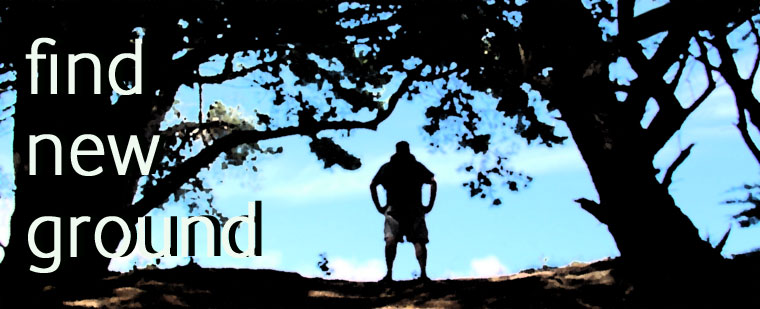It's amazing what reconstruction can accomplish.
The boy and I exit the subway station in downtown
Tokyo, into the cool, clear January air. A few blocks away it rises above the
buildings, looking a little like the Eiffel Tower.
There it is, I say to the boy. What you've wanted
to see for years.
The Tokyo Tower has a beleagured history that
also stands as a symbol of resilience of the Japanese people. Built in the late
1950s, it was a sign the Japanese people had recovered from the devastation of
World War II, were excited and ready for the future.
 |
| Remembering the souls lost at the Tokyo Tower. |
Then came disaster in 1961. Mothra, at the time
in her giant caterpillar form, climbed up the tower, and began to pupate. Upon emerging from her cocoon she flew away, leaving the tower in ruins.
It's amazing to see the Tower today. There's not
even a hint of the damage and devastation. Gift shops, restaurants, and even a
McDonalds serve thousands of tourists who visit the tower daily.
Of course, it's been 50 years. But the Japanese
have put the incident behind them. There's weren't even any commemoration events
planned for this year, the half-century anniversary of her second attack on the city.
What a brave, noble people.
We're short on time, so we skip going up the
tower. We hop on the subway again, and head for the business centre of Tokyo.
We emerge into gleaming skyscrapers and upscale brand-name advertising. We walk
a few blocks, past businessmen in three-piece suits and pretty girls dressed up
as geishas for the tourists. We round the corner of a massive hotel, and
there's the Tokyo Municipal Towers. Fantastic in design and scope, the towers
were a symbol of Japan's pre-eminence in the mid-80s, when the housing bubble
was still expanding and the country dominated a half-dozen global markets.
Of course, that all came to a crashing end. And
it was about the time Godzilla appeared for the 18th time, and even the towers
fell to his destructive force. In a sign of how the Japanese attitude towards
government had changed, people at the theatre, still probably living among the
chaos and carnage, actually cheered as the Tax Offices (as they were
colloquially called) came crashing down.
A determined Japanese government seemed to have
decided it was best to soldier on. Walking among the slick concrete and
architectural landscape features, public sculptures, and gardens today, you'd never
know the giant monsters destroyed so much of a people's hard work and
aspirations in a few outrageous, unpredictable incidents.
And of course, it's not just Tokyo. The Kobe Port
Tower seems to have been rebuilt exactly as it was first constructed, after
Barugon knocked it over with his ice-tongue breath in 1966. And in Osaka, the
Japanese have done an amazing job of rebuilding its historic monuments,
including the 16th-century castle there. As we ascended the huge stone steps of
the six-storey structure, we were reminded time and again of the furious fight
between Godzilla and Anguilas in 1955- before the two monsters became fast friends and allies in protecting humanity (while generally destroying it at the same time).
 |
| Godzilla-sized view from the Sky Tree |
Of course, it's not just the big office buildings
and historic monuments that got destroyed. Many people must have lost their
lives in the crowded neighbourhoods, on public transport, fleeing for their
lives. But it's remarkable, and I think somewhat telling of the Japanese 'stiff
upper lip' mentality, that there isn't even a memorial to those people anywhere
in these cities. Sometimes it's best to leave painful memories buried.
Today, the Sky Tree is the tallest building in
Tokyo, and one of the tallest towers in the world. It's blue light spins,
Cylon-like, in the dark over the Asakusa neighbourhood. We enter its base, with
its shopping, restaurants, and markets, and pay the extortionate rate to go up
to the lower viewing platform.
The view, though, is tremendous, even with a cold
fog blanketing much of the city and obscuring views. We wander around the
observation lounge. Of course, the boy can't help himself.
"Do you think Godzilla will attack this in
the future?" he asks me. I shush him, look around to make sure no one
overheard our conversation. People can still be skittish, for good reason.
"No son, I think we're fine this time,"
I say. But I peer nervously into the distance, looking for a dark spot on the horizon.








